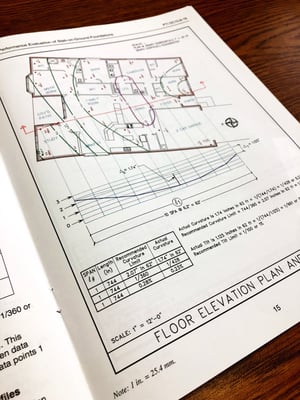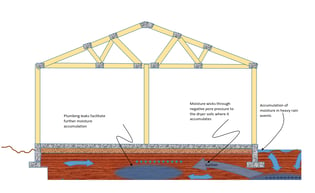How Bad is My Foundation Movement?
As a homeowner you’re being told that your foundation is moving and needs stabilizing. Your first question is……How bad is my foundation movement? For most homeowners the answer to this question is maddeningly elusive.
If I were asking this question, the first thing I would ask myself is ….what is the motivation of the person giving the answer? If the person answering the question gets a commission for selling me products to fix the foundation movement, then I would be very skeptical about the objectivity of his assessment. I would also want to look at his credentials such as a professional engineer or certification from a national independent foundation repair Association.
The second thing I would ask myself… Is my foundation movement bad….. compared to what? Is there some sort of scale? Or is there a grade? Or pass or fail? I have seen many reports prepared by structural engineers for homeowners. Almost invariably the homeowner is advised that the house is not in any imminent danger of structural collapse. In my 20 years or so in looking at homeowners houses I have almost never seen a house in danger of structural collapse. But really that’s not the right question to be asking. The question to be asking is……. is the home functioning properly? Is it serviceable? The answer to these questions is where the rubber meets the road.
 The Texas chapter of the American Society of Civil Engineers (ASCE) and the Foundation Performance Association (FPA) both have adopted standards to judge severity of foundation movement. These are the only agreed-upon consensus standards that I know of. They have two components.
The Texas chapter of the American Society of Civil Engineers (ASCE) and the Foundation Performance Association (FPA) both have adopted standards to judge severity of foundation movement. These are the only agreed-upon consensus standards that I know of. They have two components.
- Tilt
- Deflection
Deflection is the severity of the bend in the foundation. In other words if you have a hump or a dip…. how big is that hump or dip? This is measured with a ratio. The acceptable pass or fail ratio for both ASCE and FPA is L/360. This is the height of the hump or dip (vertical distance) divided by the length that it is measured over (horizontal distance).
Anything below 1/360 is below the pass/fail mark.






